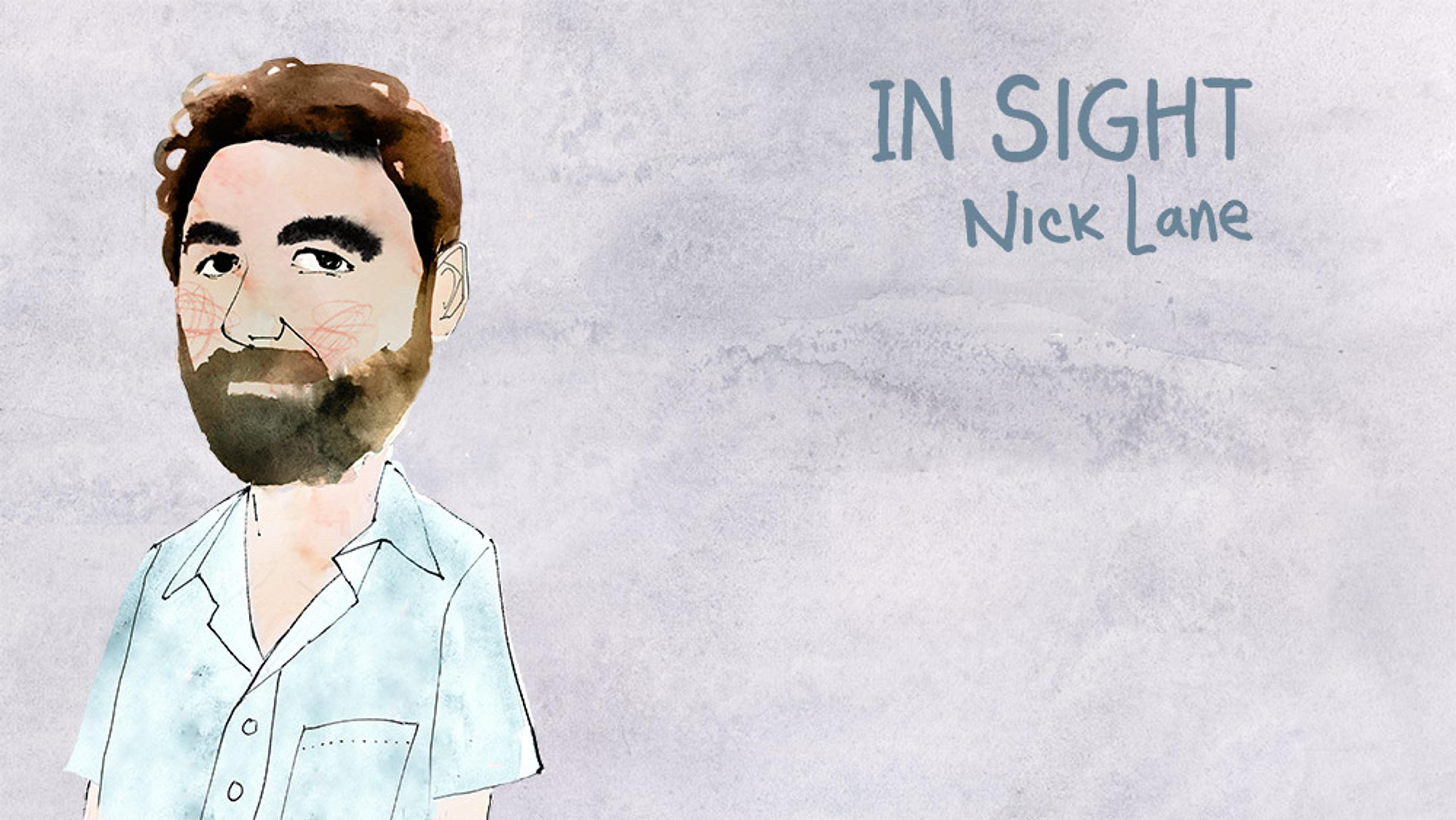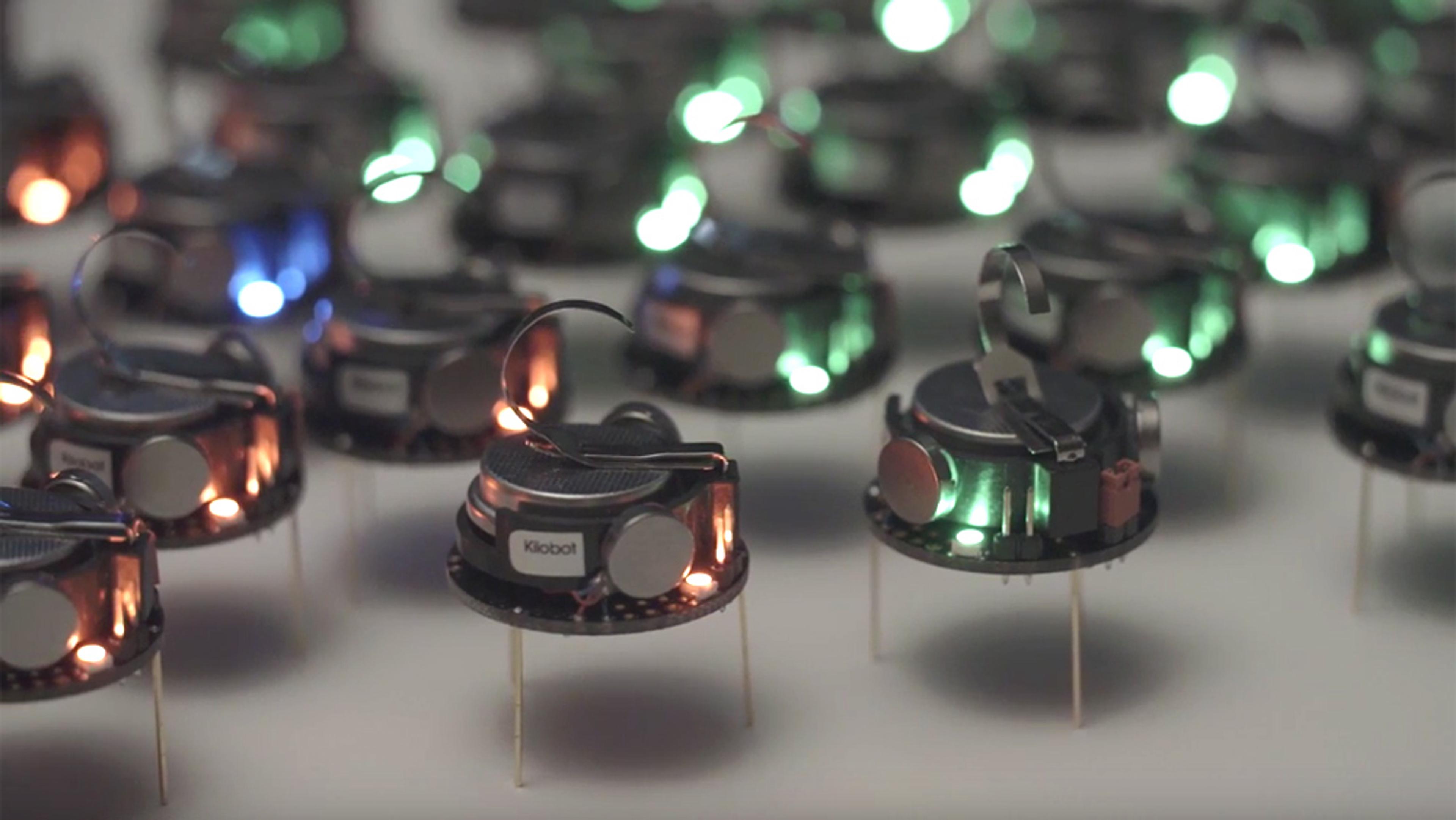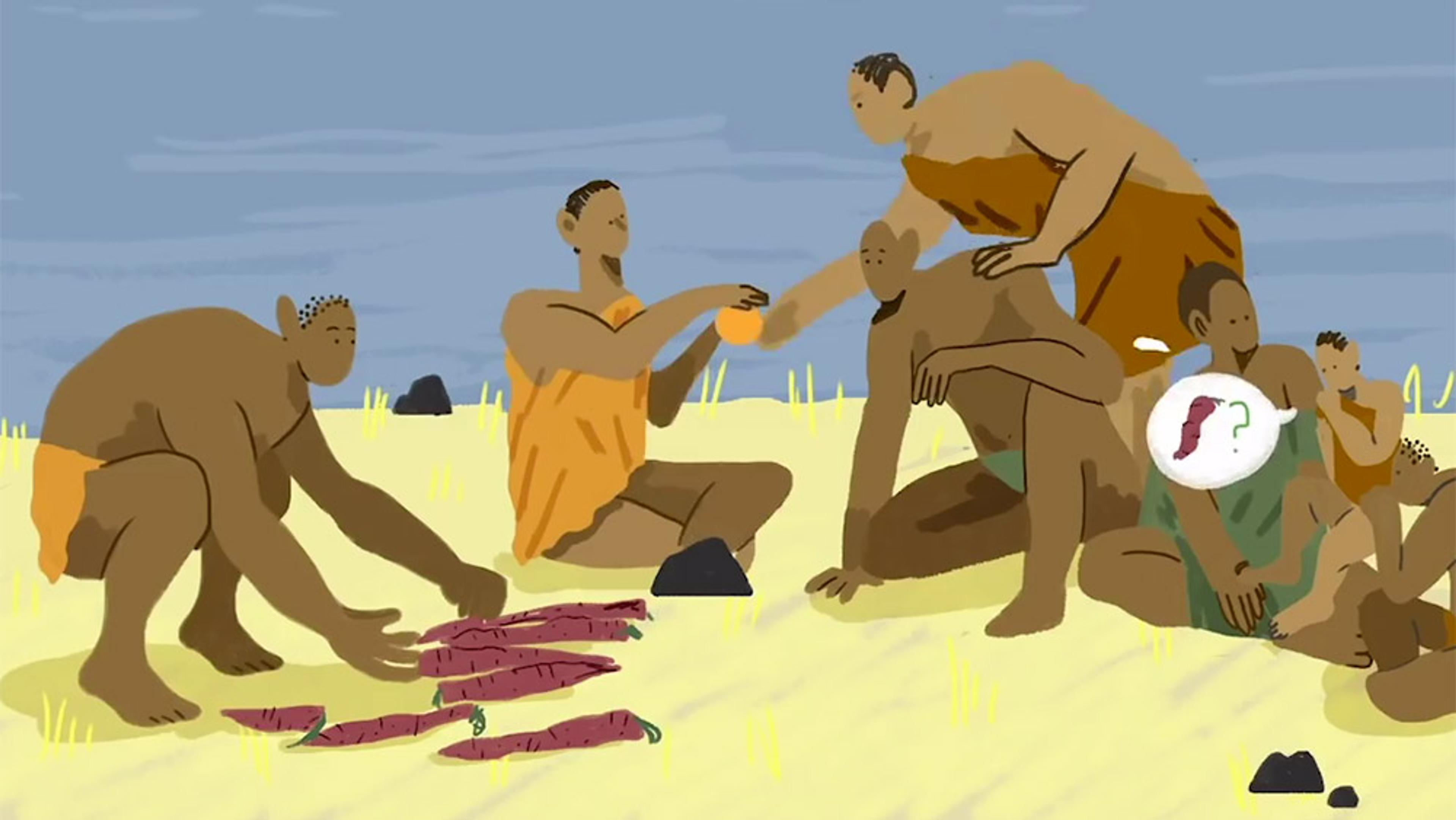If the competitive nature of existence ever gets you down, you might want to consider one leading theory of how complex life came to emerge in the first place. The endosymbiotic theory of mitochondrial origin (also known as symbiogenesis) is one of the leading theories for the development of eukaryotes – the nucleus-containing cells that are the building blocks of all multicellular organisms. According to the theory, narrated here by the biologist Rob Lue of Harvard University, it was a symbiotic partnership between two primitive cells that allowed them to thrive, develop organelles for specialised tasks, and eventually give rise to complex new lifeforms. In other words, cooperation was key – and it remains so today.
Evolution is not only about competition: the cellular origins of a very big idea

videoBiology
For 3 billion years, life was unicellular. Why did it start to collaborate?
4 minutes

videoGenetics
Chimeras and lightning: a radical perspective on the evolution of complex life
6 minutes

videoBioethics
The mini robots that may show how to ‘programme’ cells for improved performance
4 minutes

videoEvolution
Why making if-then connections might be the key to consciousness
5 minutes

videoBiology
The idea that life on Earth originated elsewhere is not as far out as it seems
6 minutes

videoHuman evolution
Could grandmotherly love help to explain how we became human?
3 minutes

videoDeep time
When algae met fungi – the hidden story of life’s most successful partnership
4 minutes

videoEvolution
Take a shimmering, surreal swim with what might be the Earth’s oldest animals
7 minutes

videoPhysics
Groundbreaking visualisations show how the world of the nucleus gives rise to our own
10 minutes